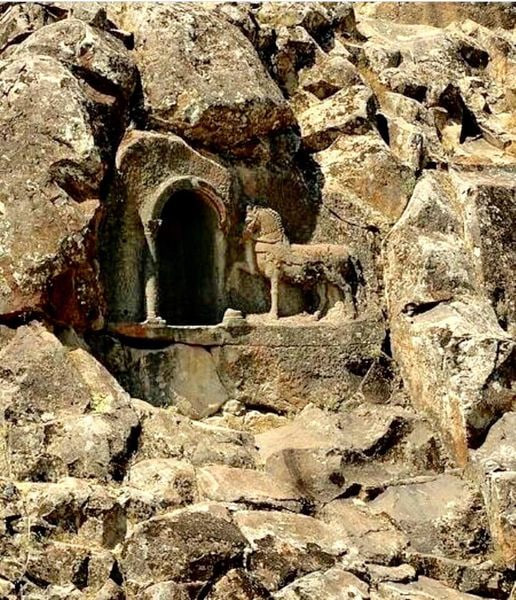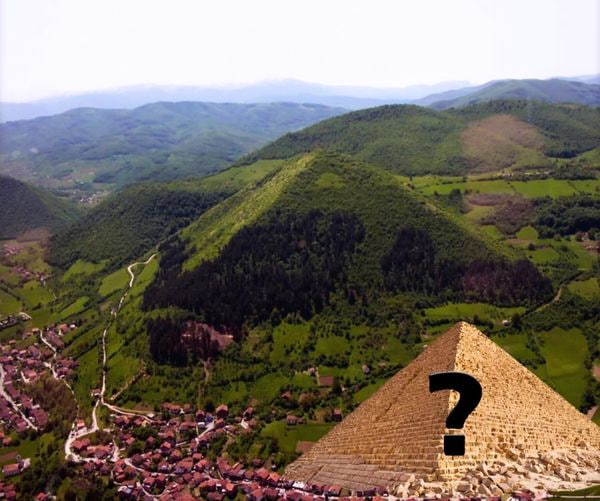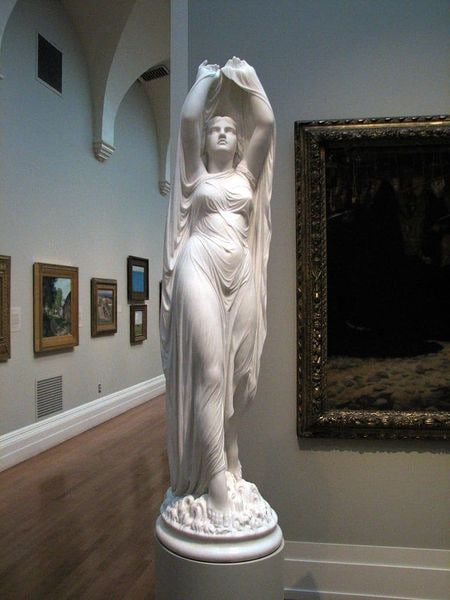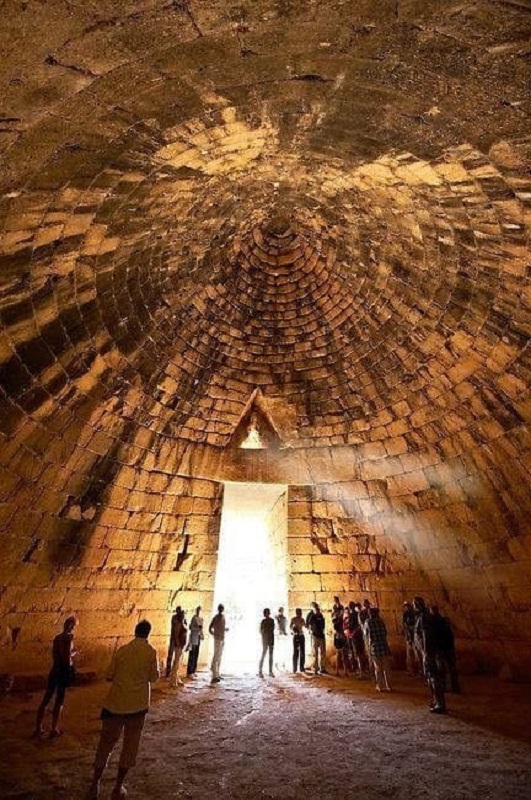In the hallowed halls of the Louvre Museum resides a masterpiece that has captured the imagination of art enthusiasts for centuries: Nicolas Sebastien Adam's "Prometheus," sculpted in 1762. This iconic statue, depicting the mythological figure of Prometheus, embodies the spirit of creativity, defiance, and enlightenment.
Unveiling the Artistic Journey of Nicolas Sebastien Adam's Prometheus
In the hallowed halls of the Louvre Museum resides a masterpiece that has captured the imagination of art enthusiasts for centuries: Nicolas Sebastien Adam's "Prometheus," sculpted in 1762. This iconic statue, depicting the mythological figure of Prometheus, embodies the spirit of creativity, defiance, and enlightenment. In this blog post, we embark on a journey to explore the fascinating process behind the creation of this timeless work of art, delving into the inspiration, techniques, and significance of Adam's masterpiece.

Drawing Inspiration from Mythology: The Genesis of Adam's Prometheus
Nicolas Sebastien Adam drew inspiration from the rich tapestry of Greek mythology, particularly the story of Prometheus, the Titan who defied the gods to bestow fire upon humanity. This act of rebellion and sacrifice resonated deeply with Adam, who sought to capture the essence of Prometheus's defiance and determination in his sculpture. Through meticulous research and study of classical texts, Adam imbued his interpretation of Prometheus with a sense of mythic grandeur and symbolic significance, laying the groundwork for a masterpiece that would endure the test of time.
The Artistic Process: From Concept to Creation
The creation of Adam's "Prometheus" was a laborious and painstaking process that required a mastery of sculptural techniques and a keen eye for detail. Drawing upon his extensive training and experience as a sculptor, Adam meticulously crafted the statue from blocks of marble, employing traditional tools and methods to shape and refine the stone into a lifelike representation of the mythological figure. Each stroke of the chisel, each curve of the form, was executed with precision and skill, as Adam brought his vision of Prometheus to life with exquisite craftsmanship and artistry.
Symbolism and Interpretation: Decoding the Meaning of Adam's Prometheus
At the heart of Adam's "Prometheus" lies a wealth of symbolism and allegory, inviting viewers to contemplate the deeper meaning behind the sculpture. The figure of Prometheus, with his outstretched arms and defiant gaze, symbolizes the human spirit's quest for knowledge, enlightenment, and freedom. The chains that bind Prometheus serve as a poignant reminder of the struggle against oppression and tyranny, while the torch he holds aloft represents the eternal flame of inspiration and innovation. Through his interpretation of the Prometheus myth, Adam invites viewers to reflect on the enduring power of human creativity and the timeless quest for truth and enlightenment.
Conclusion: Reflecting on the Legacy of Adam's Prometheus
As we stand in awe before Nicolas Sebastien Adam's "Prometheus" in the Louvre, we are reminded of the enduring legacy of artistic genius and the timeless allure of myth and legend. Through his masterful sculpture, Adam has captured the essence of Prometheus's mythic journey, inviting viewers to embark on a voyage of discovery and contemplation. From the genesis of inspiration to the culmination of artistic creation, Adam's "Prometheus" stands as a testament to the power of imagination, creativity, and vision, inspiring generations of artists and admirers to embrace the transformative power of art and the enduring spirit of human endeavor.










